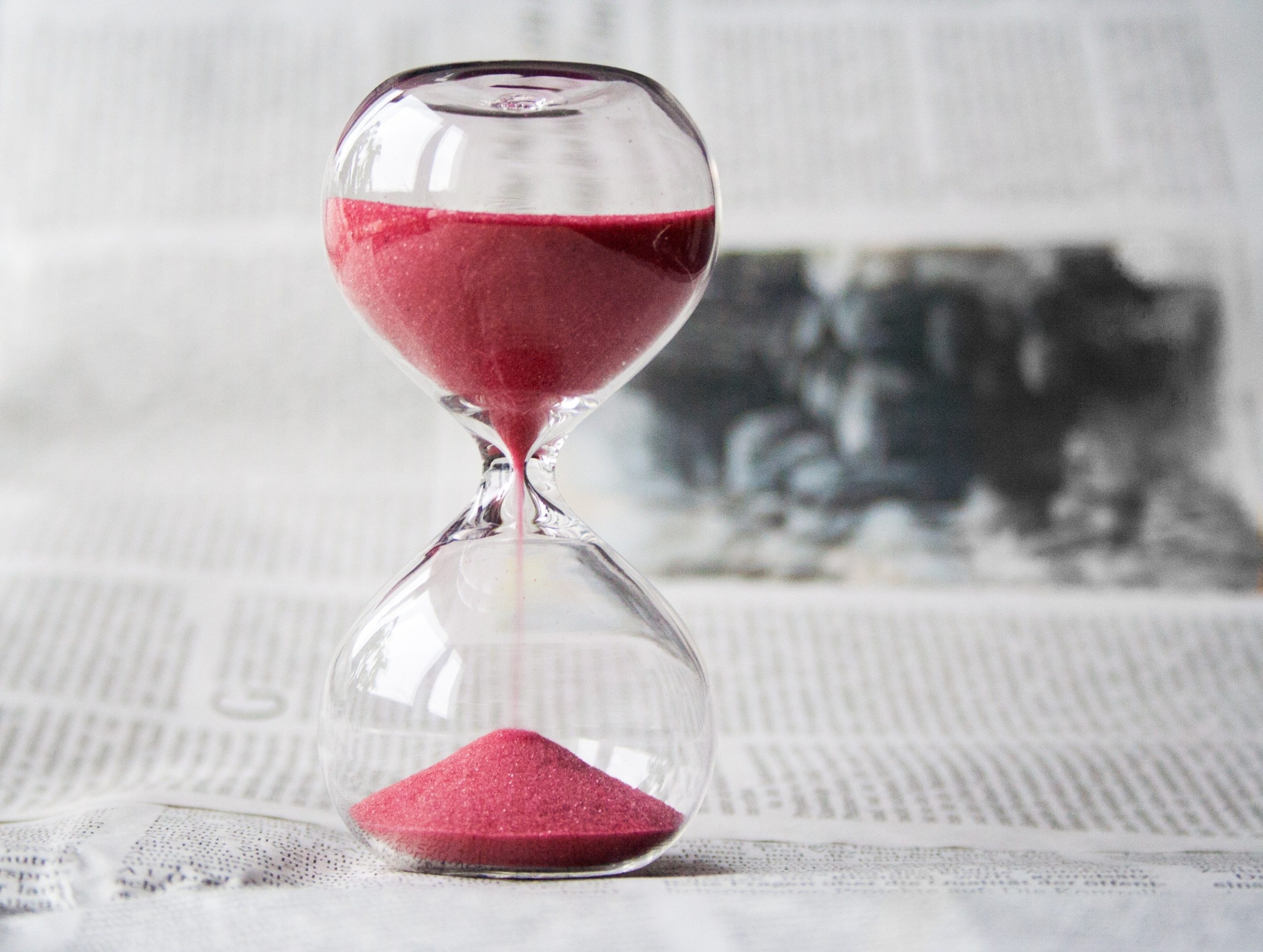Living through a once-in-a-lifetime pandemic is showing its consequences—one of which is a spike in PTSD cases.
Healthcare workers and essential personnel are being exposed to horrific cases of sickness and mass death for the first time. The mental scars may last anywhere between a few months to a lifetime.
There are many traumatic events that can cause PTSD, like experiences of physical violence, sexual abuse, or traumatic work events.
But how long will PTSD symptoms last? That depends on the person. To gain a better understanding of where you’re at with your PTSD, let’s go over its five stages.
The Five Stages of PTSD

1. Impact State
This stage takes place after the traumatic event when you attempt to understand what happened. Symptoms can begin within the first few weeks and must persist for three months or longer to be classified as PTSD.
2. Denial State
Whether you experience this state varies from person to person. It is characterized by an attempt to numb or forget the stressful event.
Some may try to numb themselves of anxiety by abusing drugs and alcohol, while others may engage in risky, adrenaline-seeking behaviors or develop an eating disorder to feel a sense of power and control again.
3. Rescue or Repetitive Stage
This is when you finally accept what has happened to you.
You can reach it by allowing yourself to feel the full scope of your emotions.
While it’s certainly not the easiest stage of the healing process, confronting your trauma is the first step in gaining control over it. This stage is typically characterized by feelings of despair or confusion.
When you reach the end of this stage, you should have a more realistic understanding of how your PTSD impacts your and your loved one’s lives.
4. Short-Term Recovery Stage
Congratulations! You’re beginning to recover from PTSD.
At this stage, you should be able to look around and recognize signs of a “normal” life again. Friends and family are typically able to recognize when you enter this stage because we are able to care for ourselves again and meet our own needs.
You may be greeted with an outpouring of love and support, or a realization that you never received the compassion you needed in the first place.
Make the most of these realizations by setting yourself a goal to overcome PTSD—find a support group, discontinue relationships with toxic people, or start a new hobby that allows you to cope on bad days.
The most important thing is holding tight to the realistic view you now have and the newfound hope you have in getting better. Be aware that you’re still not out of the woods and could experience symptoms of irritability, difficult sleeping, and feelings of exhaustion.
5. Long-Term Recovery Stage
This is the stage of PTSD where you develop and implement personal coping mechanisms into your daily life. Some of the most popular ones include journaling, meditation and breath work, aromatherapy, art therapy, emotional support pets, and regular exercise.
As you learn to cope with feelings of despair and hopelessness, your mind gains space to think about the future again. This may have seemed off-limits before, so you may experience fearful thoughts that can present as anxiety or depression. That’s why this stage tends to be the longest.
Daily stressors and triggers can cause undesirable emotions that feel like huge setbacks. Remember, these are isolated events that do not discount the progress you’ve made. With time and trust, you will learn to cope with these symptoms until life feels manageable, or until the symptoms cease to exist altogether.
PTSD can go away on its own after a few months or years, but it can also be chronic. Treatment can help expedite this process or teach you how to enjoy life with PTSD in the background.
To begin treatment for your PTSD, contact my office today and we can help you live out of your truest, most healed self.

